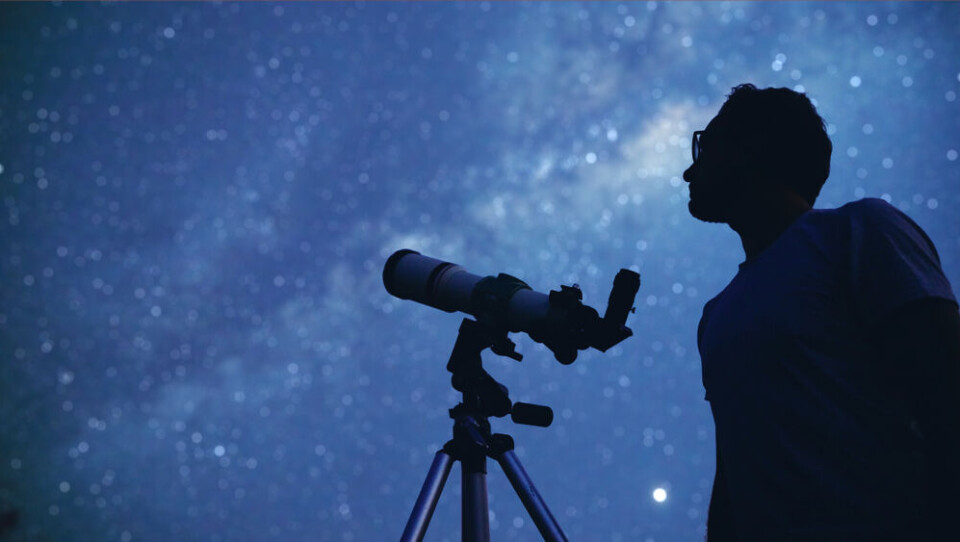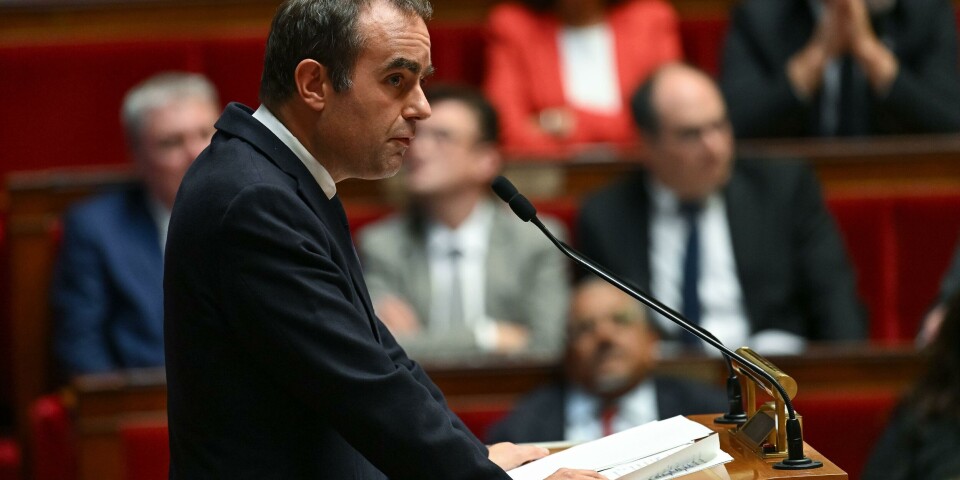-
Cold Christmas in France, but little chance of snow
High-pressure system will move into France from north-east at the start of next week
-
British ‘Puppet Master’ conman in French jail wins phones back on appeal
Robert Hendy-Freegard was given a six-year sentence after hitting two gendarmes with his car
-
Alleged British hacker in jail in France offers to help with police data breach
Recent attack targeted police files
Call for astronomy fans to help French scientists with comet tracking
Comet Hartley 2 will pass closer to the Earth and Sun over the next month

Telescopes at the ready: Astronomy fans in France are being invited to help scientists observe the passage of a comet as it gets closer to the Earth over the next few months.
The Association française d’astronomie (AFA), in collaboration with telescope company Unistellar, has asked people to use their binoculars or telescopes to look at the comet Hartley 2, also known as 103P/Hartley.
The comet is becoming gradually brighter as it approaches the Earth and our Sun.
Hartley 2 - which is thought to be several billion years old - passes closer to the Earth and Sun every six and a half years, and it is currently travelling at a distance of around 50 million kilometres from our planet.
People are invited to help observe the comet from now until October 25, although it will technically be visible in the sky until December. It will be most visible at the start of October.
The observations will help scientists measure the light from the comet, and changes in its behaviour.
"Astronomers believe they have noticed a significant change in the comet's structure,” said Jacques Croiziers, co-founder of the Ciel d'Occitanie, to La Dépêche. “The observations that astronomers are now being asked to make are aiming to analyse changes in [the comet’s] trajectory and volume.”
Rejoignez l’@afastronomie et Unistellar pour observer la #comet103PHartley avec nous! Cette comète hyperactive, surnommée Hartley 2, devient de plus en plus brillante à mesure qu’elle s’approche de la Terre et du Soleil. Participez à son observation jusqu’au 25 octobre. pic.twitter.com/Q411KxuVgF
— Unistellar (@Unistellar) September 13, 2023
Magnitude measurements
Scientists measure the ‘brightness’ of the comet by its ‘magnitude’. “The weaker the magnitude, the more the object shines,” explained Observatoire de Paris astronomer Nicolas Biver to La Croix.
Hartley 2 will peak at a magnitude of eight on or around October 12, he said. In comparison, the brightest star in our sky, called Sirius, has a magnitude of -1.5.
This is why observers need binoculars or a telescope - and a dark area - to see the comet as it cannot be seen with the naked eye.
How to take part
Observers will need to gather their instruments, and look towards the east, as the comet moves through the Cocher and Gemini constellations; passing close to the Capella star, and shining along with the Castor and Pollux stars later in October.
Any participating observers can send their data to the AFA, via a website form.
☄️ C'est la comète à ne pas manquer ! Hartley 2 brille chaque nuit un peu plus fort. Dès ce week-end, aidez les astronomes en l'observant, pour mesurer tous ensemble sa montée en éclat. C'est moins difficile qu'il n'y parait ! 📸https://t.co/D6sXqOfkQG
— Association française d'astronomie (@afastronomie) September 22, 2023
☝️☝️ Infos et tutos pic.twitter.com/TZQIjxrK0a
It asks for the magnitude and brightness of the comet, and the hour, date, and GPS (longitude and latitude) points of the observation. Observers can repeat this information as many times as they like, until October 25.
The comet was first discovered by Anglo-Australian astronomer Malcolm Hartley, in 1986. It is known as a ‘hyperactive comet’ due to its intense activity relative to its small size. The company Unistellar explained that it “gives off more gas than a usual astral body of its size”.
Analyses have found that the comet is composed of ice containing methanol, carbon dioxide and possibly ethane.
Read also
‘Enchanted’, ‘amazing’: Your memories of the Perseids shooting stars
Meteors and comet offer twin treat for skygazers in France
Great balls of fire: How to watch the Perseids in France this weekend
























